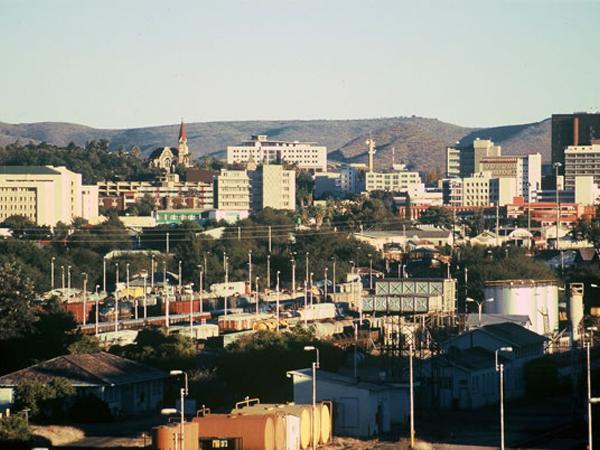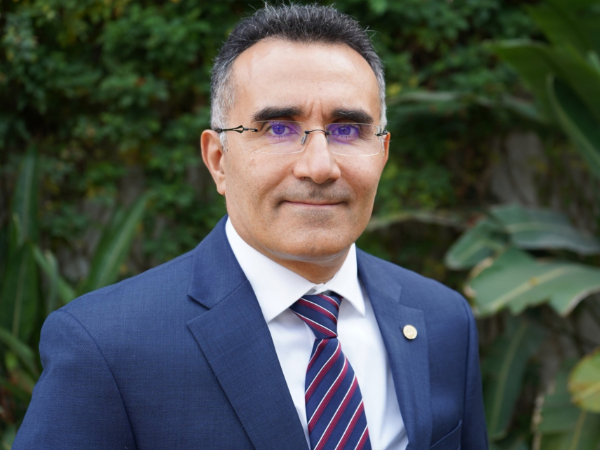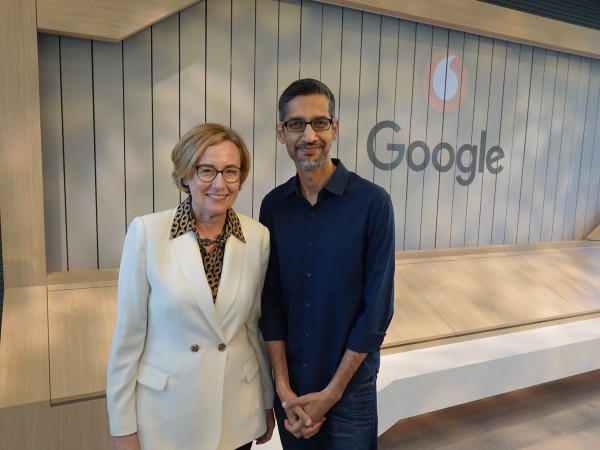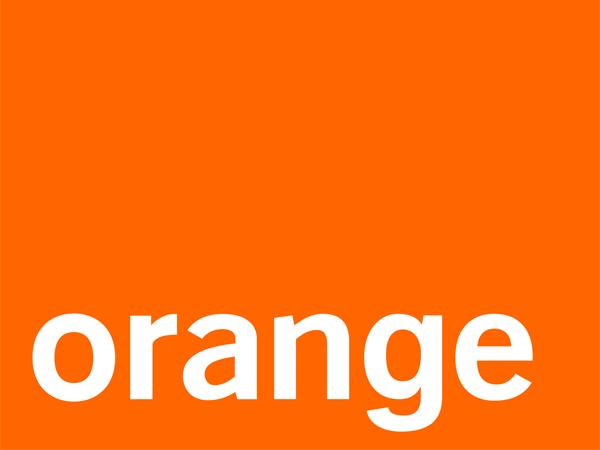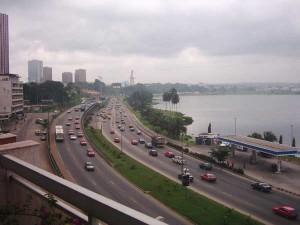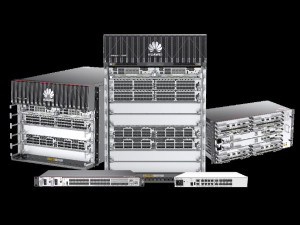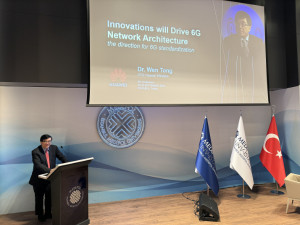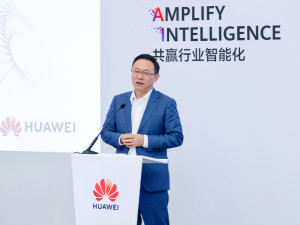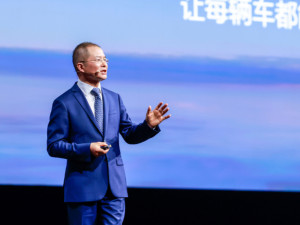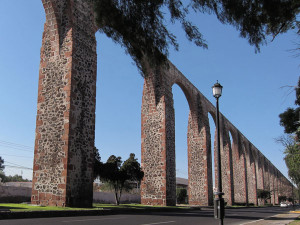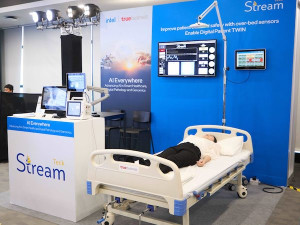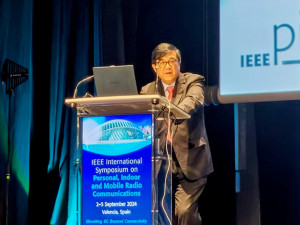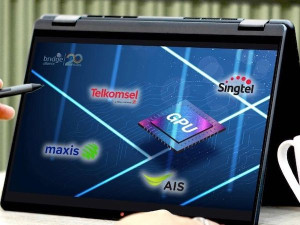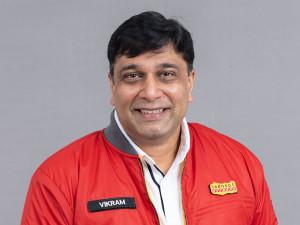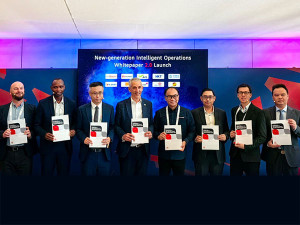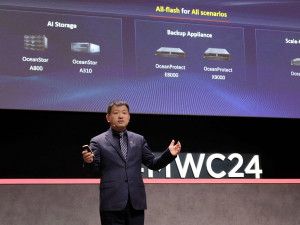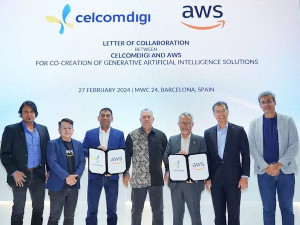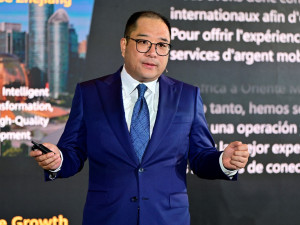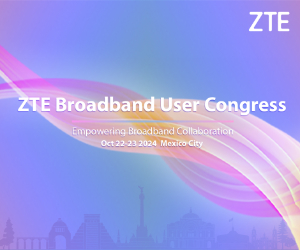Developing Telecoms' publisher Alec Barton recently met Hector Llorente Fuentes from Orange to find out about the operator's intelligent, 5G ready transport network.
Llorente Fuentes is Director of Engineering at Orange Spain, one of the fastest growing operators in Southern Europe with a reputation for technical innovation. The acquisition of Jazztel in 2015 and subsequent merger of Jazztel's FTTH network with Orange's existing 4G networks propelled the group to a leadership position in fixed mobile convergence.
Orange Spain is now seeking to leverage its existing assets to meet the coming need for a country-wide intelligent, 5G-ready transport network, a process that is likely to be repeated in Orange Group's other networks in the EMEA region in future.
Among the questions this raises are the risks and rewards of adopting new SRv6 transport network standards and the degree to which Artifical Intelligence (AI) will start to play a role in network management and optimisation.
The interview started by asking what prompted the need for the new transport network:
HLF: Most operators in Europe and in many other parts of the world, including emerging markets, are now planning to develop and launch 5G services and Orange is certainly one of these. Governments are awarding spectrum and although the exact types of services and levels of traffic on these networks may not yet be known, what is very clear is the backhaul and transport networks will have to grow to handle the additional traffic which will be generated. Orange Spain is at the stage where it is clear that this will now happen in the short term, meaning months or a year at most.
In planning for this traffic growth it was clear to me that we needed to move to an IP network environment in order to have much greater capacity to meet the demand for 5G and other network traffic increases. We made the decision therefore to use next generation IP routers and since the start of 2019 we have been installing new equipment, adding new generation ATNs to the legacy PTNs, which will allow us to have 10-50 times more traffic, according to how the network evolves.
Orange selected a number of equipment suppliers for the expansion including Huawei, and we are very confident that when the network is completed we will have the best technology in the network to flexibly meet future network demand.
DT: You are currently using SDN based network automation technology. The new standard for transport networks is SRv6. Does Orange have plans to evolve to SRv6 for mobile backhaul?
HLF: All the new equipment for this network is SRv6 compatible. But we have a lot of old equipment and even some of the new equipment has non-SRv6 compatible software. This means we have a lot of work to do over the next 1-2 years to make the entire network SRv6 standard.
Fortunately SRv6 is not a requirement for 5G so this will not delay the 5G roll-out. However, we do plan to move over to the SRv6 standard as it offers a number of benefits including making the network easier to manage, more robust from the point of view of problem identification and solving, gives the operator better control, increases the level of network automation and offers the potential to massively increase the use of telemetry.
I believe the telemetry opportunities offered by SRv6 have an enormous potential for network operators. The increase in data collected from routers will provide the possibility for real-time insight into network topology meaning decisions about latency and traffic status for example can be automated to a much greater degree than with existing network protocols.
The full range of benefits of moving to SRv6 standards will take longer to deliver than the basic capacity increases, around 3 years in my view, but the potential for operators to know in real-time how their entire network is performing will then be available meaning that efficiency is increased and faults are reduced.
DT: Are there any downside risks in moving to SRv6 in your view?
HLF: I have big expectations for SRv6 but there are also risks attached to it. Under current network protocols network control is highly distributed. This provides a layer of safety for senior engineers and CTOs as the network is in effect compartmentalised. So at present, if an engineer or programmer makes a mistake on a network the effect will be limited to a small part of the network.
The disadvantage of this is that networks require more equipment to be installed to manage and control them effectively. This increases the complexity and cost, and creates more possibilities for faults and mistakes to occur.
SRv6 enables control over an entire network from a central point. This is a very appealing prospect to operators and their engineers as it reduces complexity, lowers the amount of equipment and as a result reduces the cost of installation and operations. However, with a more centralised control the impact of faults and mistakes can be much greater as the effect would be felt across the entire network.
In other words, while SRv6 offers greater resilience, when things go wrong the potential impact could be much greater than at present. As network engineers it is our job to anticipate and minimise these risks.
DT: What are the biggest challenges in network automation?
HLF: We are moving towards network automation, in particular for network configuration and operation. But our networks still require a lot of manual configuration particularly in areas directly affecting our customers’ experience. We started a programme of network automation in the fall of 2018 and I expect to have achieved automation of about 50% of the network within the next six months.
The challenge is that automation requires a change of thinking and different skills. At present there is a gap between the network engineer and the python programmer; programmers need some sort of network analyst to tell them what to programme and how to do the CLI flow. To bridge this requires a cultural change and engineers and programmers will have to be brought closer together in order to share knowledge and experience.
This puts the focus on individuals. There will be some engineers who are able to adapt and develop new programming skills but others may not be able to make this transition.
DT: Do you think there is a role for AI (Artificial Intelligence) technology in networks?
HLF: Most of the work and development on AI has been done by vendors but there are a lot of interesting possibilities for operators like Orange. AI could be useful not only for configuration, but also to automatically check and continuously monitor networks to identify patterns and propose and implement solutions where there are problems.
AI collects a huge amount of information which can be put through a series of standard algorithms to identify trends. When a problem occurs this information will be very useful as it should enable the AI software to identify possible causes, propose solutions and take preventive actions.
In a typical situation now, there is a problem, there is an alarm and there are some comments someone is putting on the OSS to fix the problem. If you collect this information a hundred times you create a routine in the AI software that will identify and fix the problem when it occurs again.
DT: What experience does Orange have with AI?
HLF: One of our vendors has been collecting information from the WDM about power use. From the analysis of the data they gave us a draft about what the AI forecast would happen and compared this with what actually happened. They were not exactly the same, but it was close and as we collect more data and repeat the forecasts the predictions will become more accurate which is how AI works.
Overall AI should reduce the time it takes to analyse the information and to implement changes. However, it is important to take the time to ensure that the technology is right.
DT: What lessons has Orange learnt from merging the Jazztel network Orange acquired in 2015 with Orange’s own network?
HLF: We merged the Orange and Jazztel networks during the last two years. The merger programme focused on the most cost effective areas to avoid extra CAPEX or OPEX and to maximise the benefits of the merger from a financial perspective.
From the very beginning we cross-sold both products which enabled Orange to use the network footprint it has in the most efficient way and to optimise the business. From the commercial point of view we kept both products because both the Jazztel and Orange brands were powerful in the market with some customers preferring one and some the other.
In the course of the merger it was clear that some parts of the network that would not be optimised in the first stage from a technical point of view, because there was not a business case. However, Orange still intends to merge these parts of the network in order to simplify the network, but the merger process will take place quite slowly, and can be planned to fit in around other priorities.
This process will not affect the customers during the transition. However, the end result will be that the network will be less complex, requiring less configuration and will be easier to manage so the customers will have the benefit of this. Fortunately Orange and Jazztel were using the same IP equipment which has simplified the merger process.
DT: Thank you for sharing your insight into network planning.
Sponsored Article
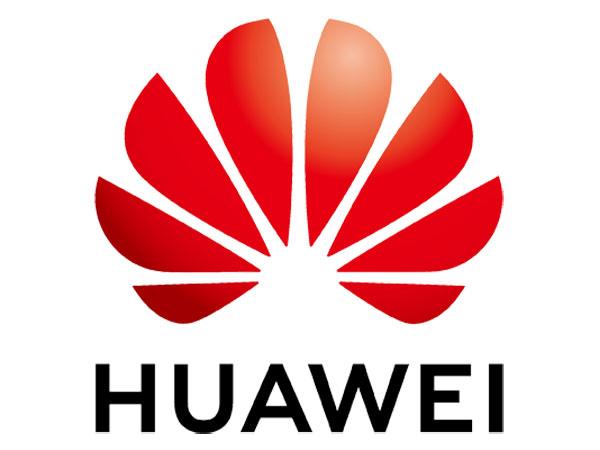
This interview has been sponsored by Huawei, a leading global provider of information and communications technology (ICT) infrastructure and smart devices. With integrated solutions across four key domains – telecom networks, IT, smart devices, and cloud services – Huawei is committed to bringing digital to every person, home and organization for a fully connected, intelligent world.


